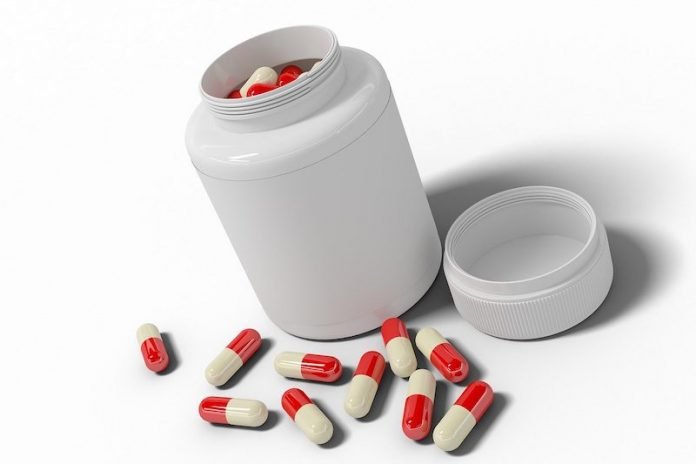
Statins could reduce a person’s risk of a heart attack or stroke by lowering the levels of so-called ‘bad cholesterol’ in the body.
They are particularly beneficial for people who have already had a heart attack or stroke and are also effective in those who are identified as being at risk of having one in the future.
Although side effects are rare, muscle pain and weakness are important reasons why some people stop taking these potentially life-saving drugs.
In a recent study funded by the British Heart Foundation, researchers have found why some people experience muscle pain after taking statins.
The study is published in JACC: Basic to Translational Science. One author is Dr. Sarah Calaghan, Associate Professor in Cardiac Physiology from the University of Leeds.
According to the team, statins cause spontaneous and irregular leaks of calcium from storage compartments within muscle cells.
Under normal conditions, coordinated releases of calcium from these stores make the muscles contract.
Unregulated calcium leaks may cause damage to muscle cells, potentially leading to muscle pain and weakness.
In most people, muscle cells can tolerate this calcium leak. But in people already susceptible due to their genes or lifestyle, the leak caused by statins may overwhelm the muscle cells, giving rise to muscle pain and weakness.
The researchers also found that exercise may prevent the changes which lead to calcium leaks from occurring, and it may be an effective way for people taking statins to avoid muscle symptoms.
They suggest the idea that exercise makes statin side effects worse might be a misconception—what really matters is the intensity of exercise.
These findings could help doctors to identify those most likely to experience symptoms so they can be offered alternative therapies.
When weighing up whether to take statins, people need t talk to their doctors.
Copyright © 2019 Knowridge Science Report. All rights reserved.



